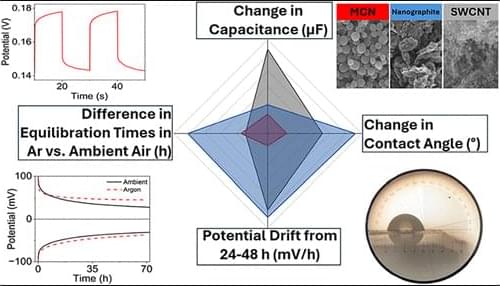The sun produces more power than 100 trillion times humanity’s entire electricity generation. In orbit, solar panels can be eight times more productive than their Earth-bound counterparts, generating energy almost continuously without the need for heavy battery storage. These facts have led a team of Google researchers to ask what if the best place to scale artificial intelligence isn’t on Earth at all, but in space?
Project Suncatcher, Google’s latest space mission, envisions constellations of solar-powered satellites equipped with processors and connected by laser-based optical links. The concept tackles one of AI’s most pressing challenges, the enormous energy demands of large-scale machine learning systems, by tapping directly into the solar system’s ultimate power source. A new research paper published by Google describes their progress toward addressing the technical challenges.
The proposed system would operate in a sun-synchronous low Earth orbit, where satellites remain in almost constant sunlight. This orbital choice maximizes solar energy collection while minimizing battery requirements. However, making space-based AI infrastructure viable requires solving several formidable engineering challenges.







